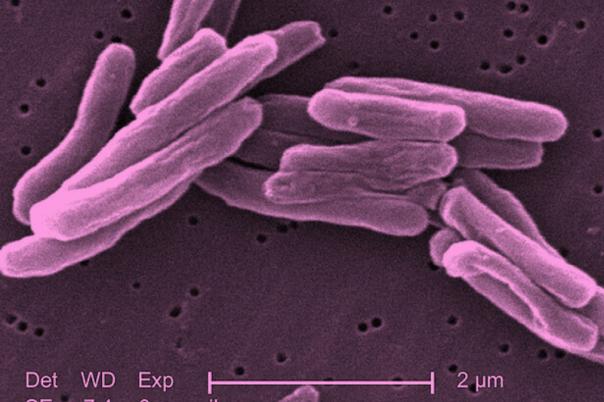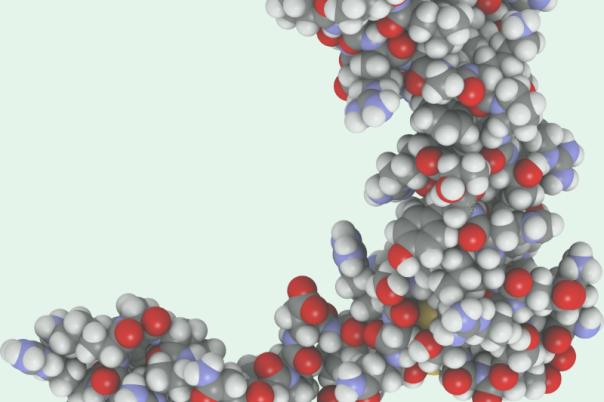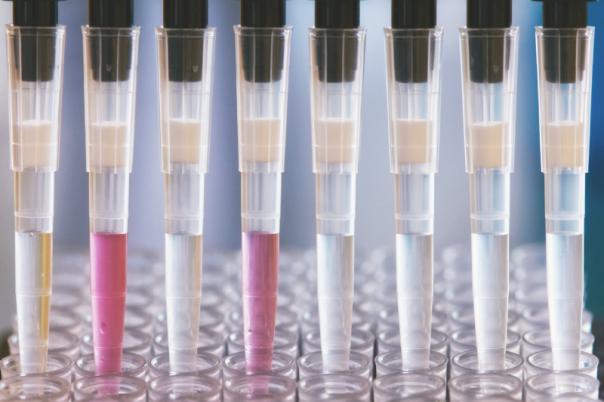Researchers have used a combination of multiomics and machine learning techniques to highlight a gene that plays a role in Crohn’s disease pathogenesis. The gene, CSF3R, could be a potential therapeutic target for treating the condition.
The findings were published in the journal Mediators of Inflammation, and were conducted by researchers from Shanghai University of Traditional Chinese Medicine, Ningbo University in China, and Nanyang Technological University, Singapore.
Globally, 6 to 8 million people suffer from Crohn’s disease, a condition with few treatment options outside of dietary restrictions, steroids, and immune blockers, representing a major unmet therapeutic need.
The paper outlines how colony-stimulating factors (CSFs) have been used clinically to reduce gut inflammation in patients Crohn’s disease and irritable bowel disease – a similar condition. While recombinant human granulocyte CSF has been shown to be safe and effective at treating active Crohn’s disease, there has been limited research in how CSF receptors are involved with pathogenesis.
To tackle this gap in knowledge, the team set out to investigate the differentially expressed genes thought to be involved in Crohn’s. They used three machine-learning algorithms: random forest, support vector machine recursive feature elimination, and least absolute shrinkage and selection operator.
The gene these models converged on was CSF3R, which was confirmed to play role in the cause of Crohn’s disease according to Mendelian randomization. Furthermore, comparing biopsies from Crohn’s disease patients and healthy controls found that CSF3R was significantly upregulated in the Crohn’s biopsies.
They also performed molecular docking analysis which found that methotrexate and aspirin had a high affinity to CSF3R.
These results suggest that targeting CSF3R may offer new therapeutic avenues for Crohn’s disease, particularly for patients who do not respond well to existing treatments. The identification of drugs with strong binding affinities to CSF3R further highlights the potential for drug repurposing and development of more effective interventions for this challenging condition.








